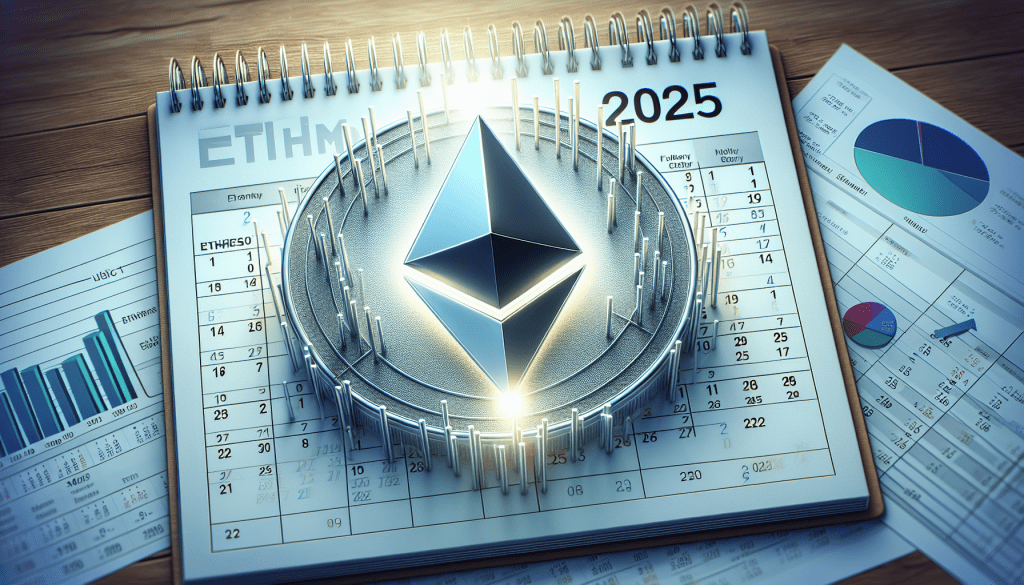Key Points
A significant decline in Ethereum’s price was followed by a remarkable recovery, suggesting bullish potential for 2025. The fluctuation was influenced by numerous factors, including new tariffs, large-scale movements of ETH, and network upgrades.
Ethereum’s Market Dynamics
Ethereum’s price experienced a sharp drop to $2,150 on February 3, marking the lowest point since September 2024. This was triggered by new U.S. tariffs on imports from Canada, Mexico, and China, causing uncertainty across global markets, including cryptocurrency. However, diplomatic efforts led to a temporary pause on the tariffs, improving market sentiment and causing Ethereum’s price to rebound to $2,700 by February 4.
Notably, World Liberty Financial, a DeFi project associated with Donald Trump and his sons, moved $307.41 million in eight assets to Coinbase Prime for treasury management. Meanwhile, Fidelity purchased $49.75 million worth of Ethereum on February 4. Despite these developments and price recovery, Ethereum remains nearly 45% below its all-time high of $4,890, recorded in November 2021.
Ethereum has been implementing crucial changes to enhance scalability and transaction efficiency. Validators approved an increase in Ethereum’s gas limit for the first time since 2021. This increase improves overall throughput and eases congestion, benefiting the growing ecosystem of financial applications, NFT platforms, and on-chain services.
Ethereum’s upcoming Pectra upgrade, set to launch in early 2025, aims to further enhance network scalability, especially for layer-2 solutions. Layer-2 solutions like Arbitrum, Optimism, and zkSync play a crucial role in reducing congestion and gas fees for Ethereum users. However, Ethereum’s scalability and speed limitations remain a challenge compared to other blockchains like Solana.
Ethereum’s market position has also been under pressure, with the ETH/Bitcoin (BTC) ratio dropping to its lowest level since March 2021. As Bitcoin continues to dominate in liquidity and investor interest, Ethereum’s relative valuation remains under scrutiny.
Ethereum’s recent price drop served as a market reset, clearing out excessive leverage in Ethereum’s open interest. This has created a healthier foundation for future price movement. However, the broader macro landscape still presents risks. If global liquidity tightens or risk sentiment weakens, Ethereum’s ability to sustain a recovery could face challenges.
Long-term predictions for Ethereum’s price remain optimistic, with forecasts suggesting substantial growth by 2030. However, Ethereum faces competition from other blockchains like Solana and Avalanche, which offer lower fees and higher speeds. Therefore, it’s crucial to consider technical forecasts alongside real-world adoption trends when making long-term commitments.
